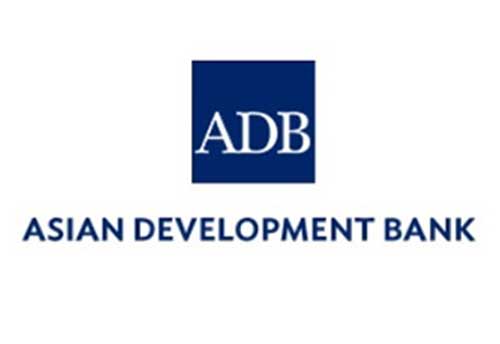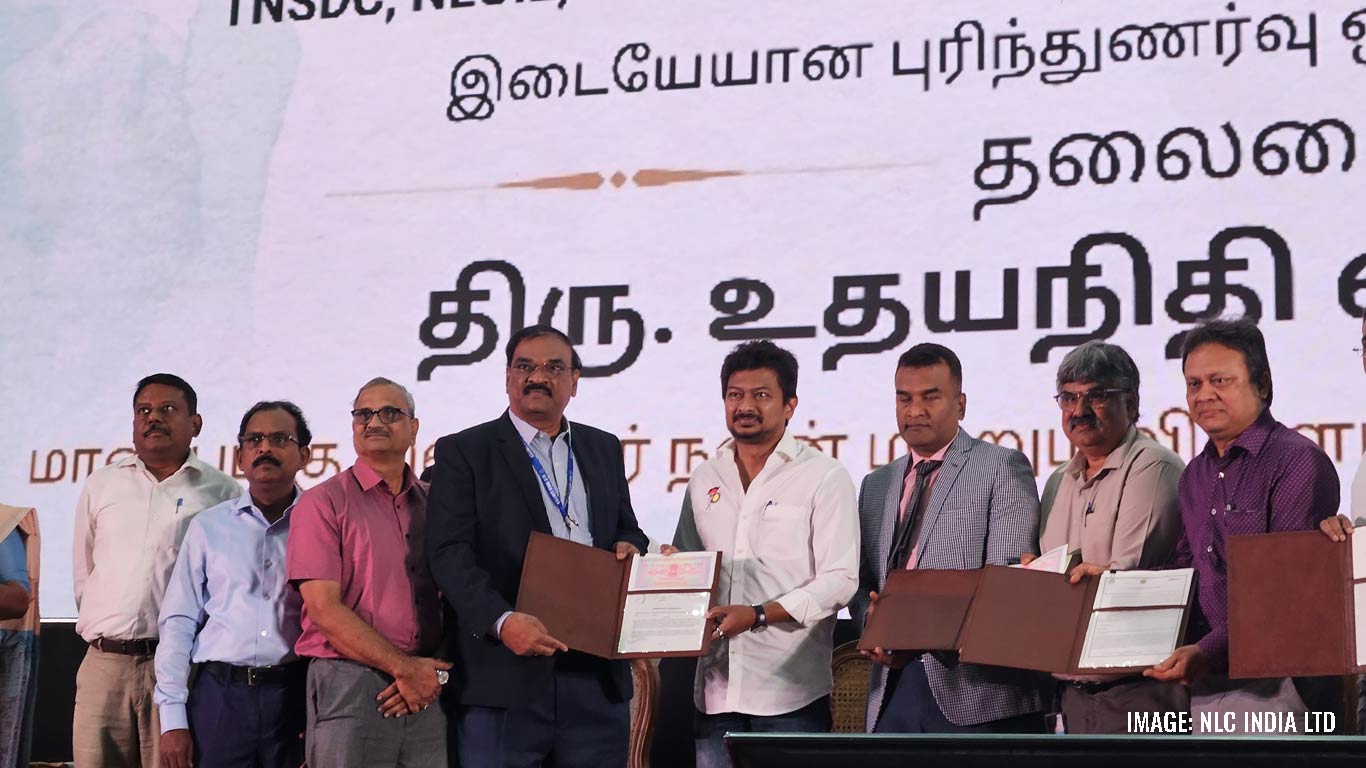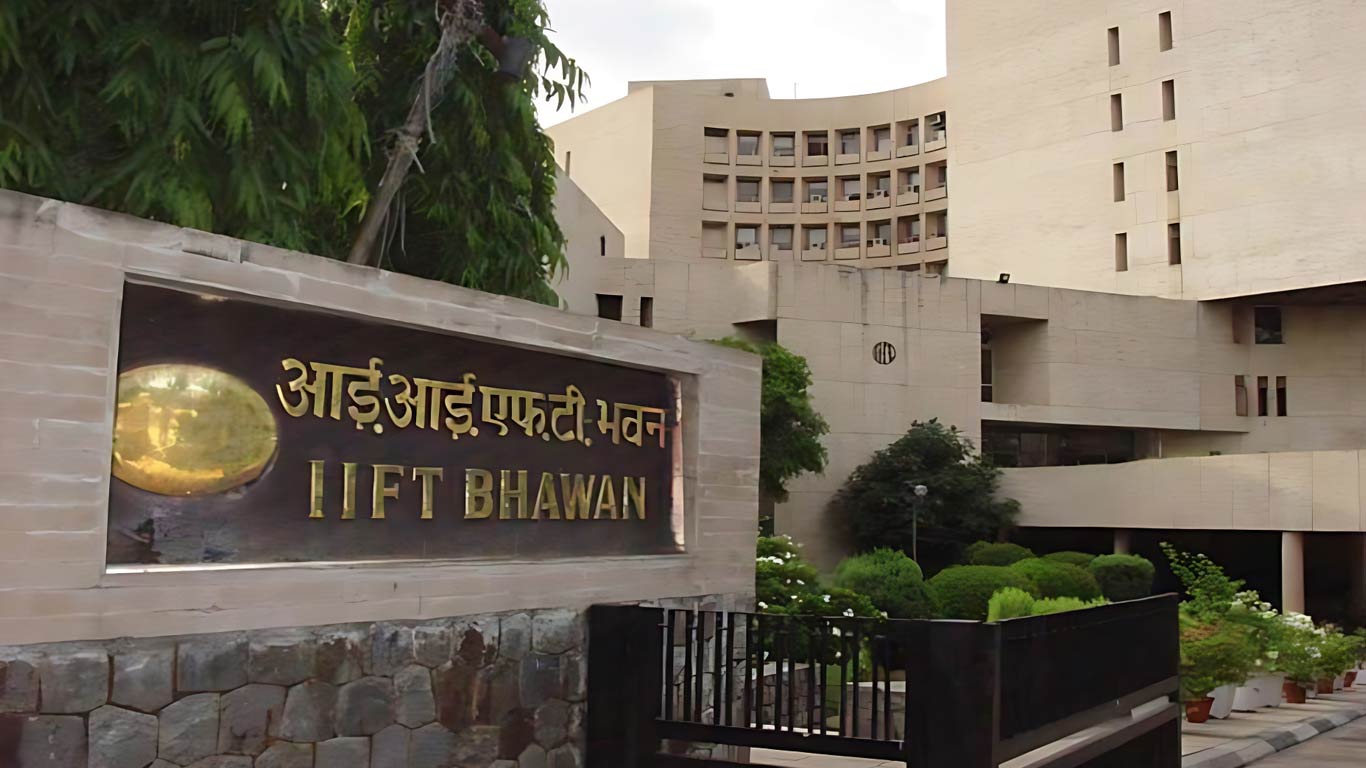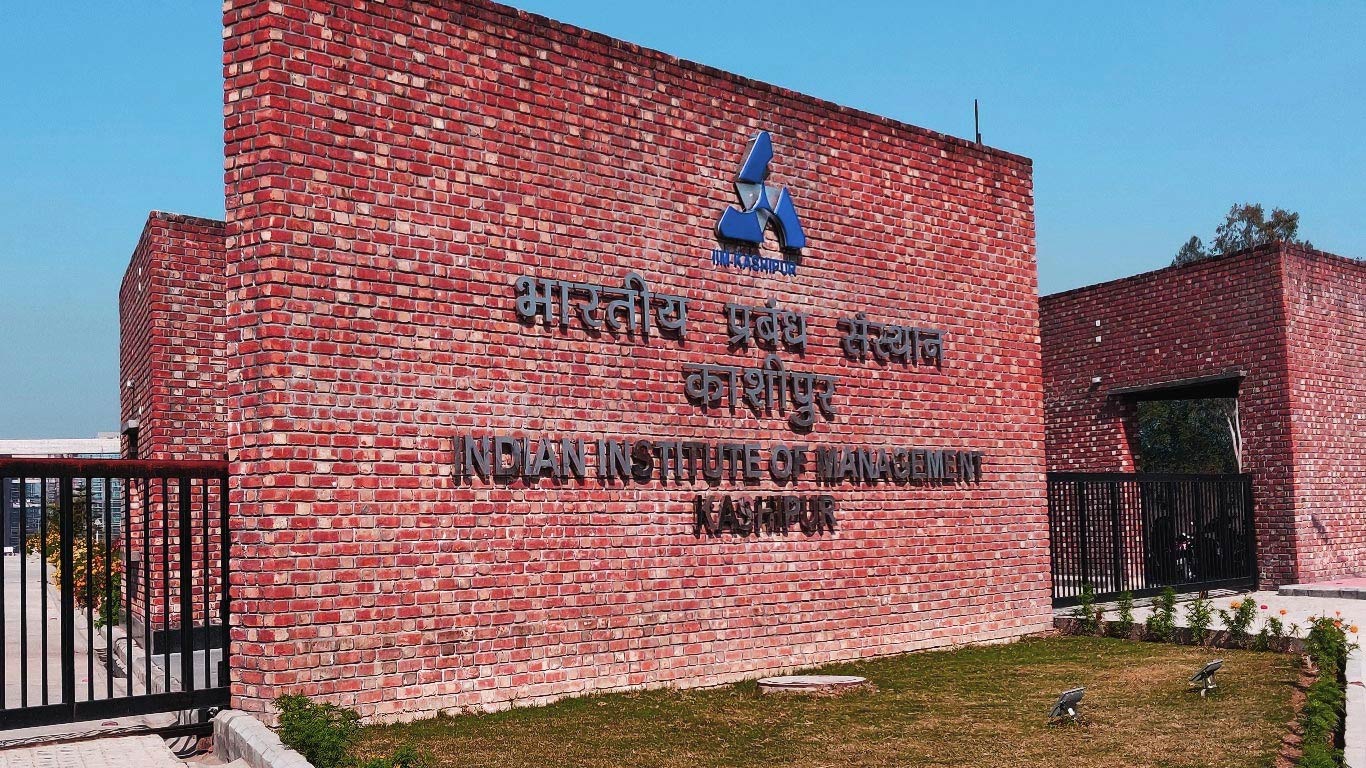SMEs have expanded exports despite global slowdown: Study
Updated: Jun 10, 2016 07:01:37am

SMEs have expanded exports despite global slowdown: Study
New Delhi, June 10 (KNN) The recent regional and global economic slowdown has led policy thinkers to form a new growth model for Asia, with strengthened dynamics for small and medium-sized enterprises (SMEs) to boost national productivity, highlights a global study.
The working paper of Asian Development Bank (ADB) said that SMEs, apart, from, accounting for 98% of all enterprises and 66% of the national labour force on an average during 2007–2012, have expanded their exports despite global weaker demand.
“SMEs brought about 30% of the total export value in Asia on an average in 2007–2012. While in China, SMEs accounted for 41.5% of total export value in 2012, up by 6.8% year-on-year, while in Thailand they made up 28.8% of total export value with 3.7% year-on-year growth, thus strengthening the global economy,” said the study.
But SMEs in majorly all Asian economies alike have been facing hurdles due to lack of finance, lack of comprehensive databases, low level of R&D expenditures and insufficient use of information technology and challenges of increased competition, the ability to adapt to rapidly changing market demand, technological change, and capacity constraints relating to knowledge, innovation and creativity seem to be growing and pushing down these enterprises.
Many banks prefer to allocate their resources to large enterprises rather than to SMEs as the former have a lower risk of default and their financial statements are clear. However, it was noted that SMEs are riskier mainly from the point of view of lenders as there is lack of information infrastructure for SMEs.
Institutional information sharing schemes of capital markets have facilitated access to a wide range of information necessary to estimate the creditworthiness of big enterprises.
However, it was noted that most SMEs had no connection with capital markets. The lack of information infrastructure for SMEs exacerbates the information asymmetry problem and hence, to address the serious credit constraints on SMEs comprehensive information infrastructure is immediately needed.
Also it was noted that business enterprise expenditure on research and development (BERD) during the last decade rose significantly in many Asian economies like the Republic of Korea, the People’s Republic of China, and India but for some Asian economies it has been as low as 5%, like in Japan justifying its slowed economic growth. On the other hand, non-Asian economies are much ahead in R&D and it is more than two-thirds like in Estonia and New Zealand helping them achieve economies of scale and boost their comparative advantage in international trade leading to more exports from their SMEs.
On the top of these hurdles, SMEs have been also unable to sufficiently utilize opportunities to make use of Information Technology. SMEs selling products and receiving orders via their own websites accounted for only 10% of the total and less than 10% have their own online shops or market their goods on Internet shopping sites (METI 2014). This failure to tap the benefits of e-commerce is proving to be costly in terms of reduced trade both domestic and international.
Given that the financial systems in Asia are dominated by banks, the creation of regional funds (or hometown investment trust funds)
to promote lending to start-up companies and riskier borrowers, such as SMEs, would help maintain the soundness of the banking sector, as banks would not be exposed to the risks that lending to such companies pose, the study said.
Study also added, various government and donor initiatives have emerged in developed as well as developing and emerging economies, and created the Credit Guarantee Scheme (CGS). The public credit guarantee scheme is a tool to reduce the supply–demand gap in SME finance. Development of specialized private banks for SME financing can also ensure ample fund availability for SMEs. Citing example of SME financing in Japan, it talked about SME oriented-banks called Shinkin banks, that are deposit-taking cooperative banks specializing in financing SMEs within a region just like any city and regional bank. Moreover the strong system of maintaining the financial and nonfinancial accounts of SMEs in Japan, known as, the Credit Risk Database (CRD) shows how SMEs can be rated based on financial and nonfinancial data. The CRD includes a large amount of data that can be used to rate SMEs through statistical analysis and help banks in providing funds accordingly reducing the problem of asymmetric information in banking sector, the study reported.
In addition to providing grants, contracts, and loans, Asian governments should also contribute to business R&D through tax incentives and among Asian economies, as it was noted, Japan and Republic of Korea provide more tax credit to SMEs than the larger firms, the study reported.
Other measures to combat these hurdles include collaboration with higher education or public research institutions as a source of knowledge transfer for large firms, Innovation and R&D, especially in the field of technology, for achieving economies of scale and competitive advantage in global export market.
SMEs, even in most developed nations do face challenges from increased competition, technological change, and capacity constraints relating to knowledge, lack of resources, lack of economies of scale and scope but they can be overcome by methods for easing SME financing through credit guarantee schemes by governments; development of specialised or private SME lenders; maintenance of SMEs financial and non-financial data, like the Credit Risk Database as in Japan; development of R&D enhancing schemes that improves the utilisation of IT. (KNN/ TL)
To view the full study, please click the link below:











